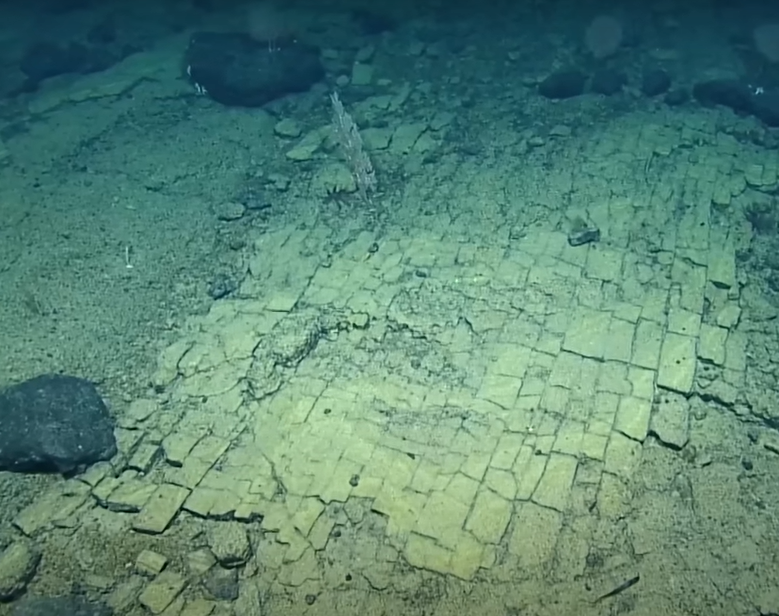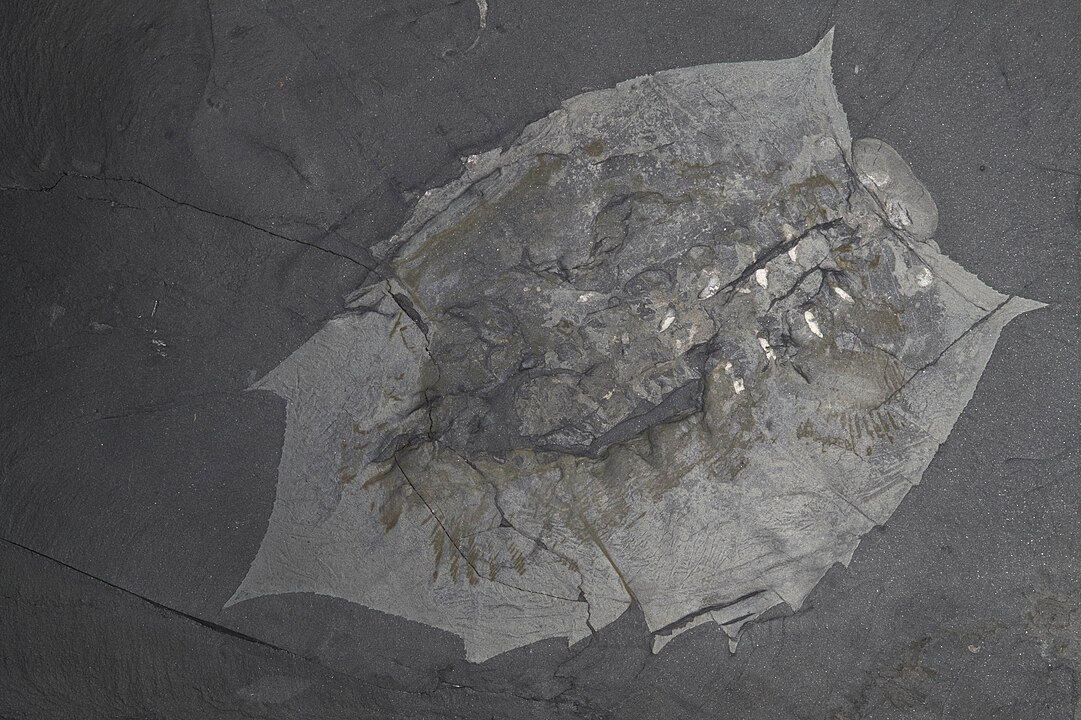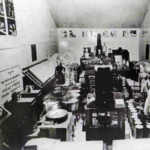A Discovery Buried in Time
A 3,000-year-old ancient city, believed to be the largest ever found in Egypt, has been uncovered near Luxor, close to the famous Valley of the Kings. Named Aten, this “lost golden city” dates back to the reign of Amenhotep III, one of Egypt’s most powerful and wealthy pharaohs who ruled from 1391 to 1353 BC.
The excavation, led by Zahi Hawass, began in September 2020 with the initial aim of locating Tutankhamun’s mortuary temple. However, within just a few weeks, archaeologists unearthed a remarkably well-preserved urban site with nearly intact walls, neighborhoods, and rooms filled with everyday tools.
What the City Reveals
The city offers an unprecedented window into the daily lives of ancient Egyptians at a time when the empire was flourishing. Key findings include:
- A bakery complex with ovens and food storage pottery
- A large kitchen complete with tools
- Administrative districts with evidence of official functions
- Residential areas with 10-foot-high walls
- Workshops that produced amulets and ceremonial ornaments
- Tools for weaving and spinning, suggesting textile work was routine
“What they unearthed was the site of a large city in a good condition of preservation, with almost complete walls, and with rooms filled with tools of daily life.”
Archaeologists also found jewelry, pottery vessels, scarab beetle amulets, and mud bricks stamped with the seal of Amenhotep III. Some wine vessels, rings, and other artifacts bore hieroglyphic inscriptions, further helping to date the city accurately.
Significance and Historical Impact
Experts consider the discovery the most important since King Tutankhamun’s tomb was found in 1922. The city was not only built during Amenhotep III’s rule but continued to be used by his successors, including Tutankhamun and Ay.
“This city gives us a rare glimpse into life at a time when Egypt was at its wealthiest.”
Amenhotep III’s reign was marked by extravagant architecture and monumental art, including the famed Colossi of Memnon. The scale and preservation of Aten suggest it was likely a major administrative and industrial hub during his rule.
What Comes Next
Excavations are still ongoing. The team has already found staircases carved into rock leading to tombs similar to those in the Valley of the Kings. The archaeologists are optimistic that they will soon uncover untouched burial sites filled with treasures.The Egyptian government is heavily promoting this and other ancient finds to revive tourism, which has suffered from years of political unrest and the COVID-19 pandemic. This discovery follows shortly after the ceremonial Pharaohs’ Golden Parade, which moved 22 royal mummies—including Amenhotep III and Queen Tiye—to the new National Museum of Egyptian Civilization in Cairo.
















